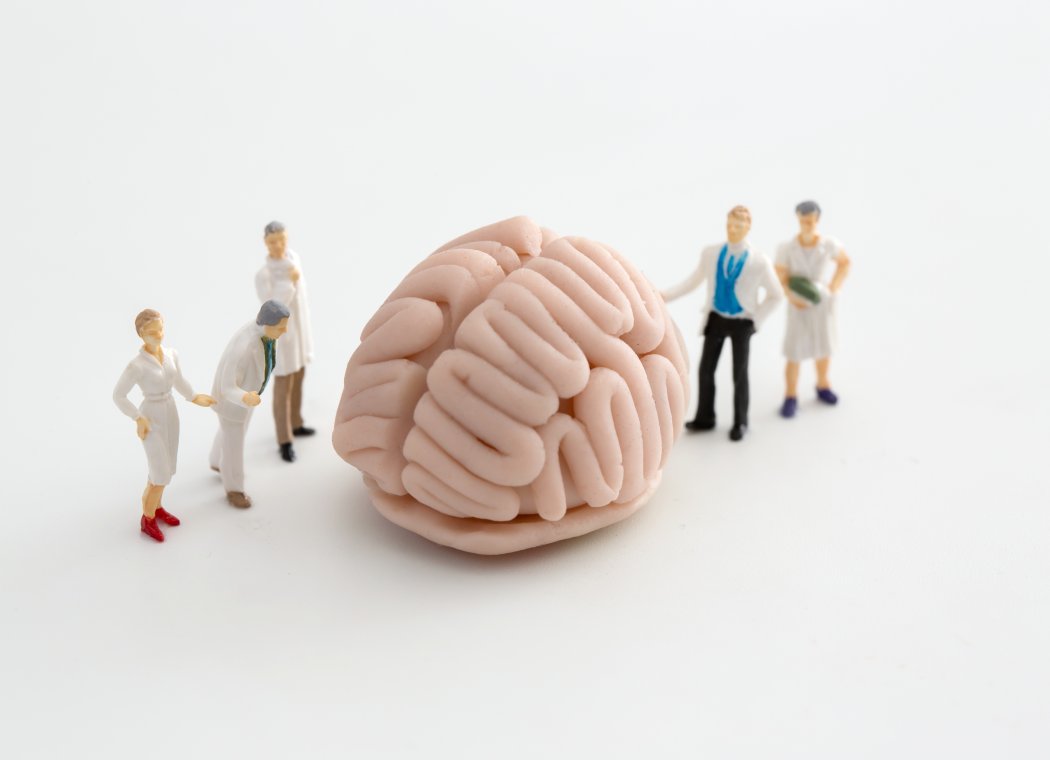5 Steps for Design Thinking in your Job Search
Job search is typically a non-linear process. The five steps defined hereafter do not have to follow a specific order. They will often occur in parallel and be repeated iteratively. Each stage should be understood as a separate mode that contributes to optimizing your job search, rather than as a sequential step. However, the amazing thing about the five-stage Design Thinking model is that it systematises a process you may first see as opportunity-driven.
Job search should be carried out like a design project. As for each project, it includes specific activities related to a goal you do not know of in the beginning. See it as chance of personal development and a sort of journey, similar to that of a product under development.
In the following blogs I will guide you through the five steps. Keep following and train each step, make your ideas and follow up with the next blog: happy to have you back!
1. Empathise:
Try to gain empathic understanding of the issue you want to solve. Why do you want a new job? Answering the question implies personal reflection and a deep immersion in the topic. This requires consulting colleagues, friends, and other stakeholders to get to know the market. You will also have to engage and empathise with people to learn from their experience and motivations. Exchange, analyse. Where would you be able to make a bigger impact, how far could you think out of the box and open up to different business segments? Develop your know-how in the areas of interest.
2. Define:
The ‘Define’ stage aims at putting together and organising the information collected during the ‘Empathise’ stage. This is where you analyse and synthesise your observations so as to define the core issues you have identified up to this point. You need to define the goals and establish a core zone. This means excluding certain areas and getting a picture of possible directions. Potential frame conditions must as well be defined at this stage – personal needs, regional flexibility, strengths and threats.
3. Ideate:
At the third stage of the Design Thinking process, you are ready to generate concrete ideas. With the analysis and synthetisation of the ‘Define’ stage, you have grown to understand your requirements. Pool potential job offers, companies and opportunities. Assess them with specific tools and matrixes, and apply an adequate score rating.
4. Prototype:
It is then time to draft several potential scenarios for your future position, based on the assessment results of the previous stage. You should now start sending applications and gather first feedbacks on your ideas and future job concept. Are you getting invited to interviews? Does your skill set respond to market demand? Are your qualifications correctly underlined? Redefine one or more elements if necessary and get a feeling for the understanding of the recruiters, their conditions of recruitment and their perception of your application.
5. Test:
Present yourself in interviews, establish personal contact. Adjustments and refinements can and should also be made at this stage. Would you be a fit, would the job fit your mid and long term career aspirations? Are your core skills in line with the expected contribution of the incumbent? How does your contact person think, behave, feel and empathise during the interviews, how would you summarize your experience? The answer to these questions should help you go back to step one and carry out the iterative process with the aim of optimising the outcome.




